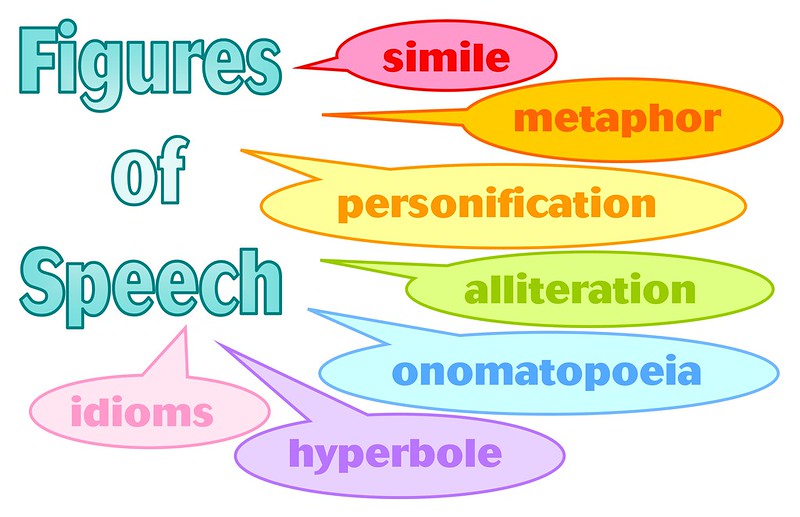The key difference between simile, metaphor, personification, and hyperbole is their function. A simile is a comparison between two unlike things using words ‘like’ or ‘as’ while metaphor is a comparison between two words but without using ‘like’ or ‘as’. Personification involves giving human qualities to non-living things, while hyperbole is an exaggeration. These four concepts are considered as figurative language, which adds more color and a creative tone to the writing and increases the clarity of a given text. These figures of speech make the text more interesting to read and dramatic as well.
Key Takeaways
- A simile is a comparison between two unlike things using words ‘like’ or ‘as.’
- A metaphor is a comparison between two words without using ‘like’ or ‘as.’
- Personification gives human qualities to non-living things, while hyperbole is an exaggeration.
What is a Simile?
A simile is a comparison between two different things using the words ‘like’ or ‘as’. Because of the presence of either of these two words, it is easy to identify a simile wherever it occurs. Similes frequently occur in everyday communication, and it makes an attractive connection in the speaker’s or listener’s mind.
What is a Metaphor?
A metaphor is also a comparison between two things that are not similar. However, in this figure of speech, the words ‘like’ or ‘as’ are not used. When understanding metaphors it’s important to identify the connection between the two objects that are being compared.
What is Personification?
Personification involves giving human traits to non-living things, animals and ideas. We also call this ‘anthropomorphism’. Generally, personification can be seen in fiction and poetry. Usage of personification in literary genres influence the reader’s imagination and can also make the text more interesting to read.
What is Hyperbole?
Hyperbole is an exaggeration. This is usually used for emphasis and should not be taken literally by the reader or the listener. We also use this type of exaggeration in daily conversations. It adds more color to what is being said and sometimes add humor as well.
What is the Difference Between Simile Metaphor Personification and Hyperbole?
All these figures of speech add color to speaking or writing. A simile is used to compare two things that are not similar. Here, the words ‘like’ or ‘as’ are used. Therefore, we can identify them easily. Metaphors, too, are similar to similes since they compare two different things. However, metaphors do not use the words ‘like’ and ‘as’, so it is not easily recognizable as the similes. In metaphors, something is mentioned as something else. But in similes, it is said that something is like something else. Although similes are like metaphors, metaphors are not similes. Personification is giving human qualities to a non-living thing, non-human, object or idea. Then it can be identified as a person. Hyperbole, meanwhile, is exaggerating something to show the depth of what is being said. Thus, this is the key difference between simile metaphor personification and hyperbole.
Summary – Simile vs Metaphor vs Personification vs Hyperbole
These are figures of speech that add color when speaking or writing. Similes and metaphors are used for comparison between two different objects. Personification is giving human attributes to non-living or non-human things, and hyperbole is an exaggeration of something. Thus, this is the key difference between simile metaphor personification and hyperbole.
